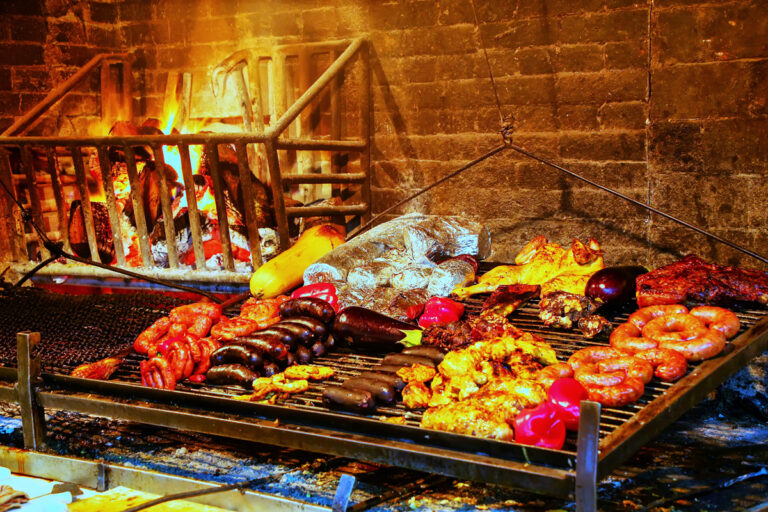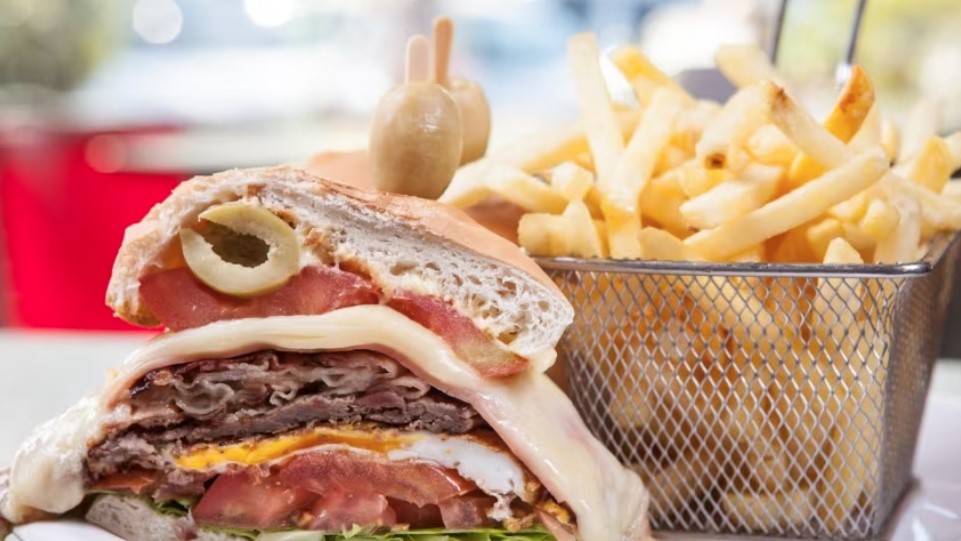Introduction: Uruguayan cuisine and vegetarianism
Uruguayan cuisine is heavily influenced by European cuisine, with Spanish and Italian flavors being the most prominent. As a result, Uruguayan dishes typically feature a lot of meat, particularly beef, which is a staple in the country’s gastronomy. However, with the growing trend towards vegetarianism and veganism, there is a need to examine if Uruguayan cuisine is vegetarian-friendly.
Traditional dishes: meat-heavy or veggie-friendly?
Most traditional Uruguayan dishes are meat-heavy, with asado (a barbecue-style dish featuring various cuts of beef) being the country’s national dish. Other meat-based dishes include chivito (a sandwich filled with beef, ham, cheese, and egg), milanesa (a breaded meat cutlet), and parrillada (a mixed grill of various meats). However, Uruguayan cuisine does feature some veggie-friendly dishes, such as empanadas (pastries filled with vegetables, cheese, or meat) and guiso (a vegetable stew).
Common ingredients in Uruguayan cuisine
Uruguayan cuisine features a lot of beef, pork, and chicken, as well as seafood due to the country’s long coastline. Other common ingredients include potatoes, rice, beans, cheese, and various vegetables such as onions, tomatoes, and bell peppers. Uruguayan cuisine also makes use of herbs and spices, with oregano, parsley, and bay leaves being popular choices.
Vegetarian options in Uruguayan restaurants
While vegetarian options are not as prevalent in Uruguayan restaurants as they are in some other countries, there are still some options available. Some restaurants offer vegetarian versions of traditional dishes, such as a chivito made with grilled vegetables instead of meat. There are also restaurants that specialize in vegetarian and vegan cuisine, such as Jacinto Vegan in Montevideo.
Challenges for vegetarians in Uruguay
One of the biggest challenges for vegetarians in Uruguay is the prevalence of meat in the country’s cuisine. While there are some vegetarian options available, they are not as widely available as in other countries. There is also a lack of awareness about vegetarianism and veganism in the country, which means that some restaurants may not be familiar with vegetarian dietary requirements.
Conclusion: verdict on Uruguayan cuisine for vegetarians
While Uruguayan cuisine is not typically vegetarian-friendly, there are some options available for those who choose not to eat meat. With the growing trend towards vegetarianism and veganism, it is likely that more vegetarian-friendly options will become available in the future. However, vegetarians visiting Uruguay may need to do some research and planning in advance to ensure they can find suitable dining options.










